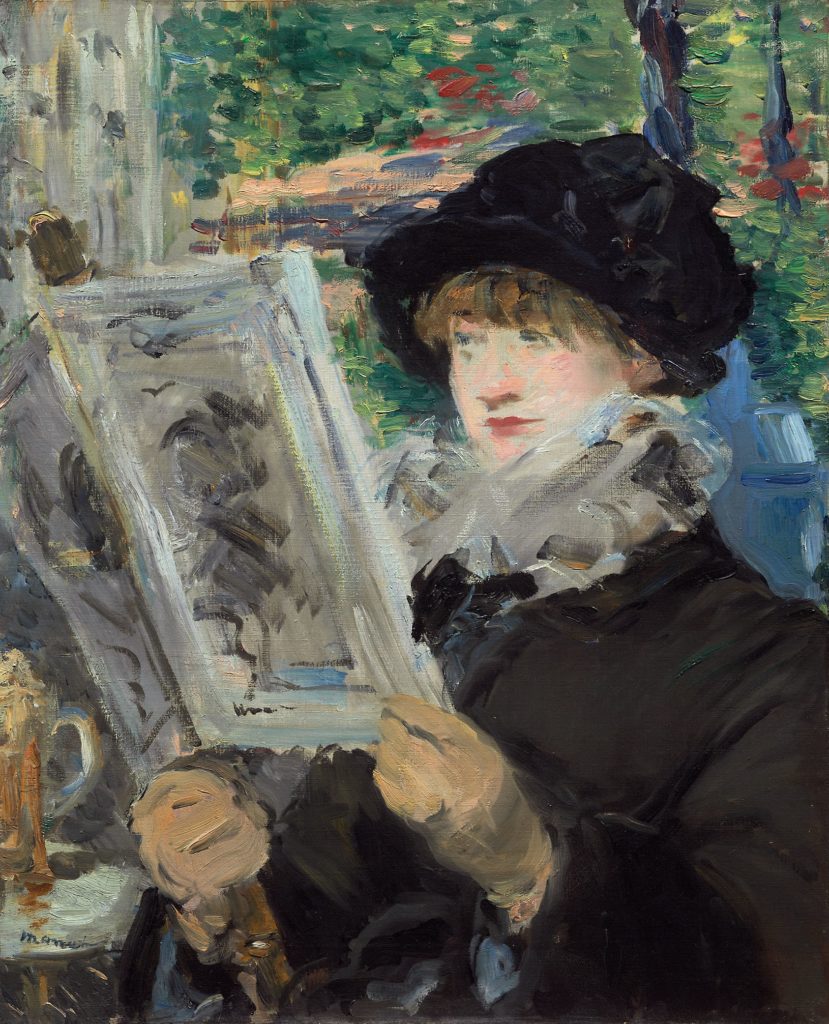Excerpt: Even as a kid, I loved that first, heady rush of anticipation I experienced with every one of them.

I was fortunate to grow up in a household where everyone read a lot, and could afford to. We didn’t just read books, but newspapers and magazines as well. The latter, ranging from Time and Life to Stardust, J. S, India Today and Chandamama were my special delight. Before the internet became the place to read them, magazines were delivered to your house and you actually had to wait before you could literally get your hands on the latest issue to devour movie gossip or political news.
As someone who often declares herself married to her Kindle, I’m not hugely nostalgic about paper and as someone without a permanent home, I’m delighted to be able to cart around a growing collection of books ranging from Tolkein to The Borrowers to Marx and Agatha Christie wherever I go.
But magazines, ah, magazines are different. I could download them onto my Kindle or my Ipad, but I will admit that I have always had a special fondness for magazines in their paper form. Even as a kid, I loved that first, heady rush of anticipation I experienced with every one of them. Everything about them, the layout (even if I didn’t call it that), the colours, the distinctive quality of the paper, excited me.
These days, I only subscribe to one, Vanity Fair, and that’s mostly to make sure I have reading material that’s as different from my regular books and journals as possible. Years ago, I subscribed to Vogue, not so much to keep up with fashion trends (okay, that’s a lie) but, well, because of the pretty pictures. And because it uses the best paper stock in the business, neither too shiny nor too flat and just the right thickness, perfect for my ongoing collage projects. Eventually, I stopped subscribing — the magazine simply produced too much anxiety in me, about my looks, my weight, my fashion sense, everything.
Vanity Fair doesn’t produce that same heady feeling I experienced as a child. That might be in part because such a significant chunk of it is advertising, and because so much of it really feels not so much like a magazine unto itself but as a mere platform or a tie-in to a host of other enterprises, and most of the “articles” are really just advertisements for products, ranging from celebrities to perfumes. Reading a celebrity profile in Vanity Fair is like reading an extended press release from a publicist’s office. What I get with Vanity Fair is a version of Vogue but less anxiety-inducing, and the occasional really, really good article that’s worth reading, like this one about a stolen Stradivarius.
Which brings me to Current Affairs, a brand new magazine that I was recently published in, with a piece about “Elizabeth Gilbert and the Pinterest Fantasy Life,” a look at the best-selling author’s writing tips for those who want to become millionaires like her (spoiler: she lies). I just got my copies in the mail and fell in love with them in much the same way I fell in love with magazines years ago. Current Affairs is chock-full of material, it’s irreverent, it’s funny but most importantly, it has that ineffable sense of, well, magazine-ness about it. I don’t write this simply as a contributor to the publication (history shows I have never been a good suck-up) but as someone who is genuinely delighted to finally, again, experience a publication as something that both joy and desire from the moment it’s opened.
Current Affairs intends to operate primarily as a print magazine, and you should subscribe as soon as you can. Meanwhile, they’ve got a teaser article from the first issue online, and it’s really brilliant, on “The Rise of the Ruth Bader Ginsburg Cult.” It’s an excellent piece by David Kinder, funny but also really sharp and ultimately deeply concerned about the state of the world. And one of its best parts is the artwork hidden inside the print magazine, even more luscious than the glimpse you get online: Ginsburg appears as several iconic figures, including the Hindu god Krishna and Audrey Hepburn in black dress and pearls in Breakfast at Tiffany’s.
It makes me want to get to one of the last remaining newspaper stands in the city, on Michigan Avenue, and browse magazines as we used to. I suspect I’ll be disappointed, but it’s worth a try.
***
Don’t plagiarise any of this, in any way. I have used legal resources to punish and prevent plagiarism, and I am ruthless and persistent. I make a point of citing people and publications all the time: it’s not that hard to mention me in your work, and to refuse to do so and simply assimilate my work is plagiarism. You don’t have to agree with me to cite me properly; be an ethical grownup, and don’t make excuses for your plagiarism. Read and memorise “On Plagiarism.” There’s more forthcoming, as I point out in “The Plagiarism Papers.” If you’d like to support me, please donate and/or subscribe, or get me something from my wish list. Thank you.

Image: Édouard Manet, Woman Reading, 1880-1881